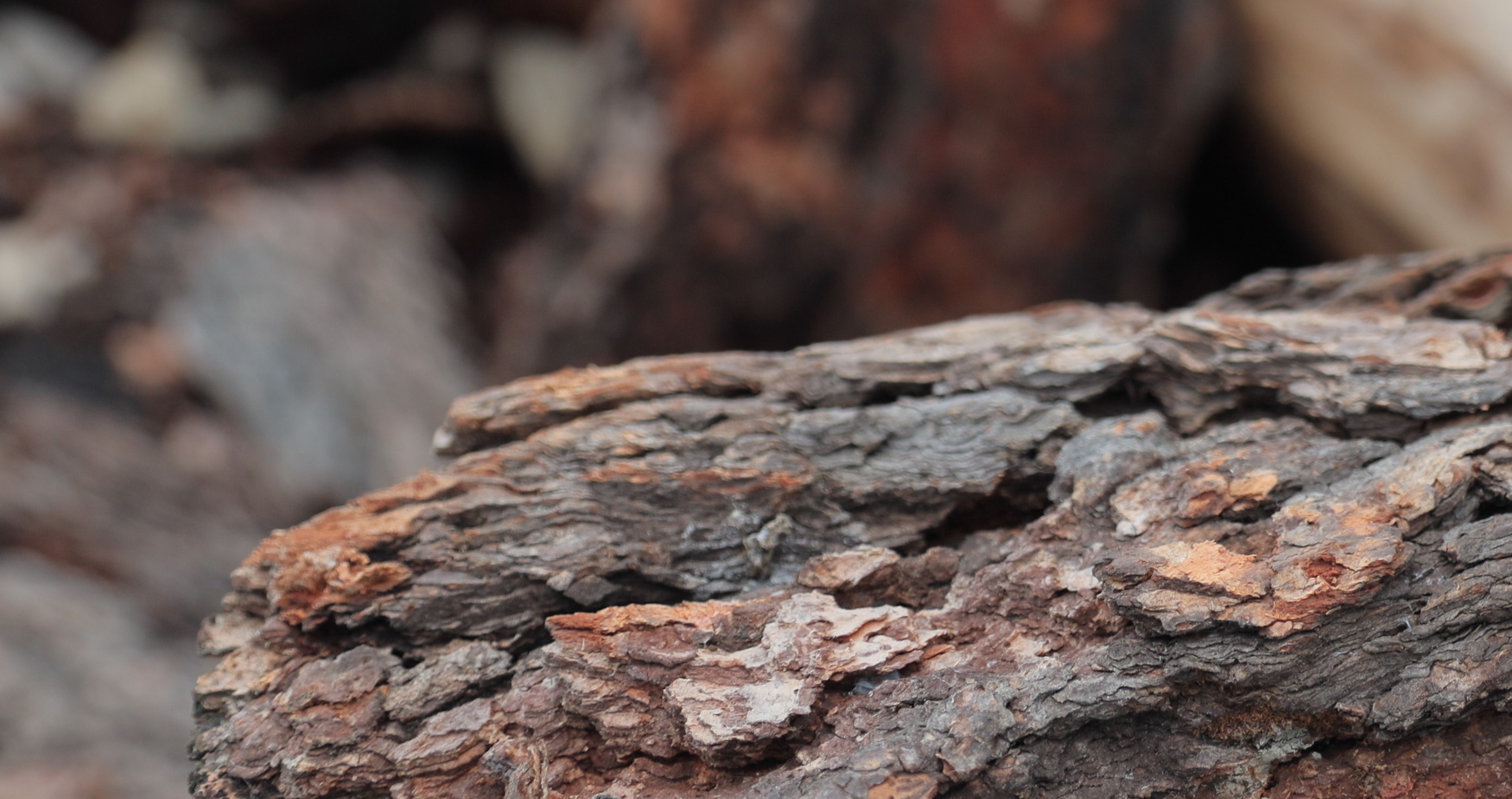Bark of the Larch
Larch Bark – Lárix sibírica
Scope: Using different methods of processing Siberian larch bark makes it possible to obtain valuable mulch and fertilizers, as well as a wide range of other products.
Bark makes an excellent mulch that will not rot and helps maintain optimum soil moisture, so farmers are better off buying shredded raw materials than using straw or nonwoven materials.
Landscape design is another application of shredded bark. On its background greenery seems brighter, and weeds can not break through the layer of mulch surrounding the bed. Thanks to this it is possible to keep the attractiveness of the garden or flower bed without serious efforts or the use of herbicides.
Larch bark has bactericidal properties, so it can be added in small quantities to chipboard. It will not only decrease their prime cost, but also increase service life of the material due to its increased resistance to rotting.
In folk medicine, the wrinkled wood shell is most often used in the form of infusions. They are used to heal purulent wounds, trophic ulcers, abscesses, hemorrhoids. Infusions also give a positive effect in the treatment of such difficult diseases as cysts, prostatitis, skin cancer.
Raw materials used: Siberian and Daurian larch. Siberian larch is one of the thickest-barked trees in Russia. Depending on the conditions under which the larch grew, the share of its bark can reach from 16 to 31% of the total trunk volume. On old trees the thickness of the outer layer often exceeds 10 centimeters.
Safety: The local population was the first to appreciate the beneficial properties of the Siberian larch surface, as well as its needles and young shoots. Among the recipes recorded by ethnographers of folk medicine of the Siberian peoples there are many gatherings, infusions and other medicines, which use different parts of this amazing tree. Unlike the bark of deciduous species, it can be collected from conifers even in winter, especially if the raw material is used for tanning. This property was used by hunters who needed to save furs or to tan the skins of large animals.
Composition: The bark of the tree contains a lot of tannins, coniferin glucoside, gum, flavonols, cachetins, various organic acids, anthocyanins. The seeds contain up to 18% of fatty drying oil.
Packaging: 10kg bags



